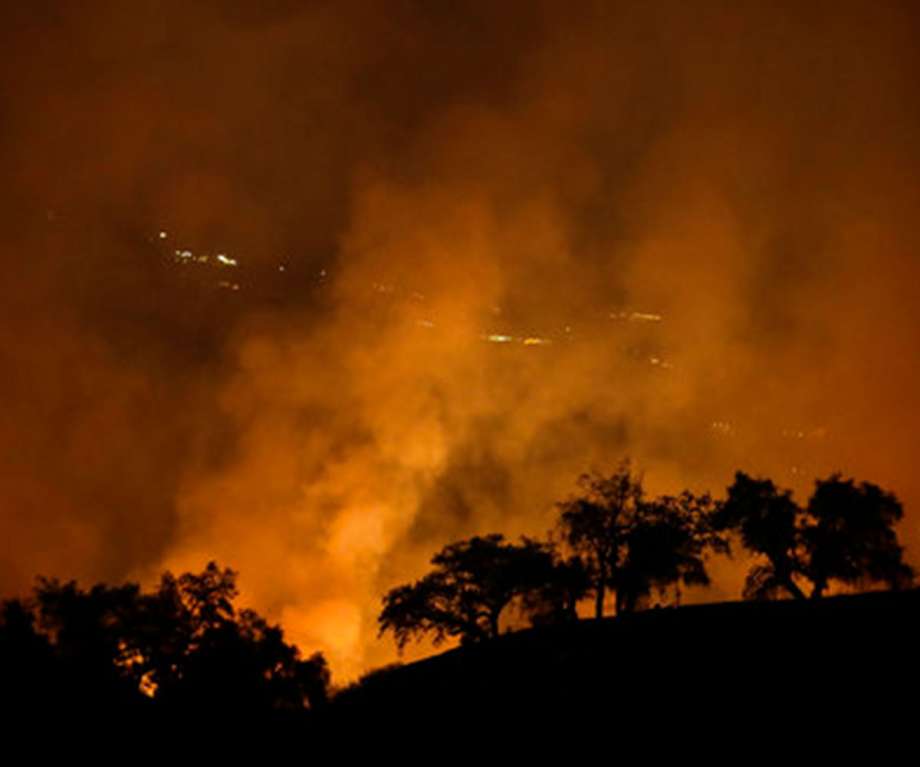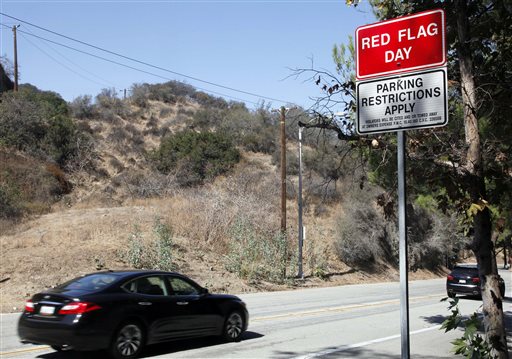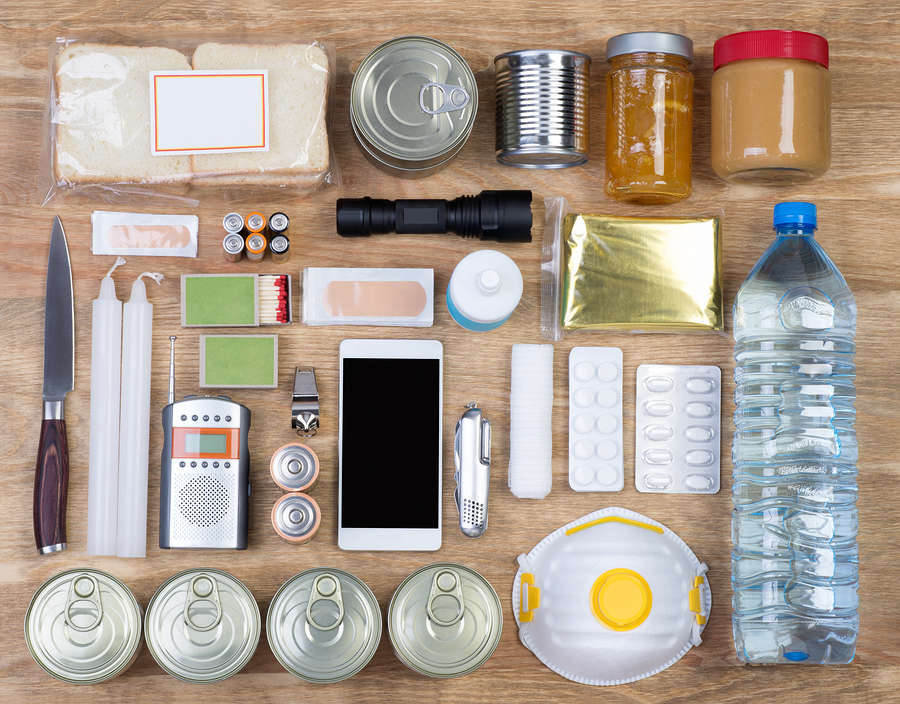Wildfires: How to Prepare Your Family
Natural disasters such as wild fires can be catastrophic. Here are some ways to prepare for one.

Natural disasters, triggered by specific weather conditions, can leave a path of destruction and devastation in their wake. Hurricanes and flash flooding reveal just how powerful water is. At the opposite end of the spectrum is fire. The recent California wildfires demonstrate fire's true power. Here's what you need to know about wildfires and how to protect yourself and your family.
Watch vs Warning
Fires have their own notification code according to the NWS. There are three different fire characterizations; a Red Flag Warning, a Fire Weather Watch and Extreme Fire Behavior.
The NWS issues a Red Flag Warning when there's an imminent critical fire weather pattern. That means fire conditions are currently active or will probably occur in the next 24 hours. A Fire Weather Watch means that pending weather conditions might lead to fire weather conditions in the next 12 to 48 hours with a ceiling of 72 hours.
Extreme Fire Behavior indicates a wildfire on the verge of erupting into an uncontrollable fire. For that to be the case, the fire must meet at least one of four criteria: it moves at a high rate of speed, fire whirls are present, crowning and/or spotting and a strong convection column.
Preparing for a Wildfire
If you live in an area under threat by wildfire, pay attention to official channels for evacuation orders. Make sure every member of your family has a bag packed with essential items like clothing, medication, important documents, diapers and formula. Have a means of transportation standing by.
The National Weather Service (NWS), a branch of the National Oceanic and Atmospheric Administration (NOAA), details steps to take to prepare your home and your family for the threat of a wildfire. If you and your family are home and ordered to evacuate, it's important to have predetermined escape routes out of the house and out of the threat zone.
Designate a meeting place to rendezvous. This is especially important if you're not all home at once. If you are separated from your family, you all can list yourselves as safe on the Safe and Well website, developed by the American Red Cross.
Protecting Your Home
Make sure to take steps to protect your home, as well. Start by clearing brush away from your house to create a defensible space. Landscape the areas around your home with fire-resistant plants. Hardwoods like maples and cherry trees are more fire-retardant than firs, and certain plants like aloe also resist fire.
Finally, apply fire-safe construction measures to your home, and review your homeowner's insurance policy to be sure that you have proper coverage for your house and property.
Disaster Emergency Kit
Have a disaster emergency kit at the ready. The Department of Homeland Security offers tips on what kits should consist of, how to maintain them and where they should be stored.
A basic disaster emergency kit starts with food and water. Rule of thumb is one gallon of water per person per day for at least three days. Food supply should be at least three days of non-perishable items. Don't forget to pack a manual can opener for the food items.
Next, pack a first aid kit and a flashlight. And don't forget extra batteries for the flashlight. Speaking of batteries, be sure to pack one along with your cell phone and the all-important cell phone charger.
You'll also want to tailor each kit to specific needs. Don't forget items such as prescription and non-prescription medicine, eye glasses, contact lenses and saline solution, baby supplies (formula, bottles, diapers, wipes, and diaper rash cream) and pet food. Sleeping bags, matches, cash, paper and pencil and activities for children are also important extras to bring.
Once you have each kit packed, maintain them on a yearly basis by replacing expired items and rethinking the necessary contents. Food and cans should be packed and kept in cool, dry places. Keeping emergency kits at home, in your car and at work are all good ideas since you never know where you'll be when you need to evacuate.
Natural disasters, especially wildfires, are extremely dangerous and potentially deadly. Make sure your family is prepared in the event of a disaster emergency.

